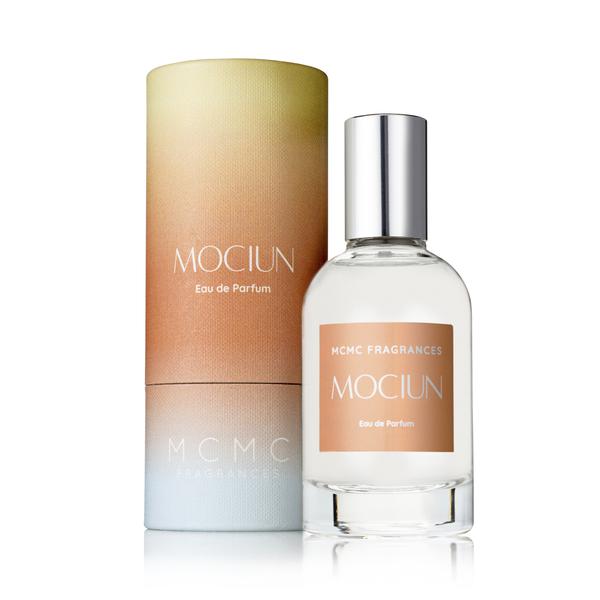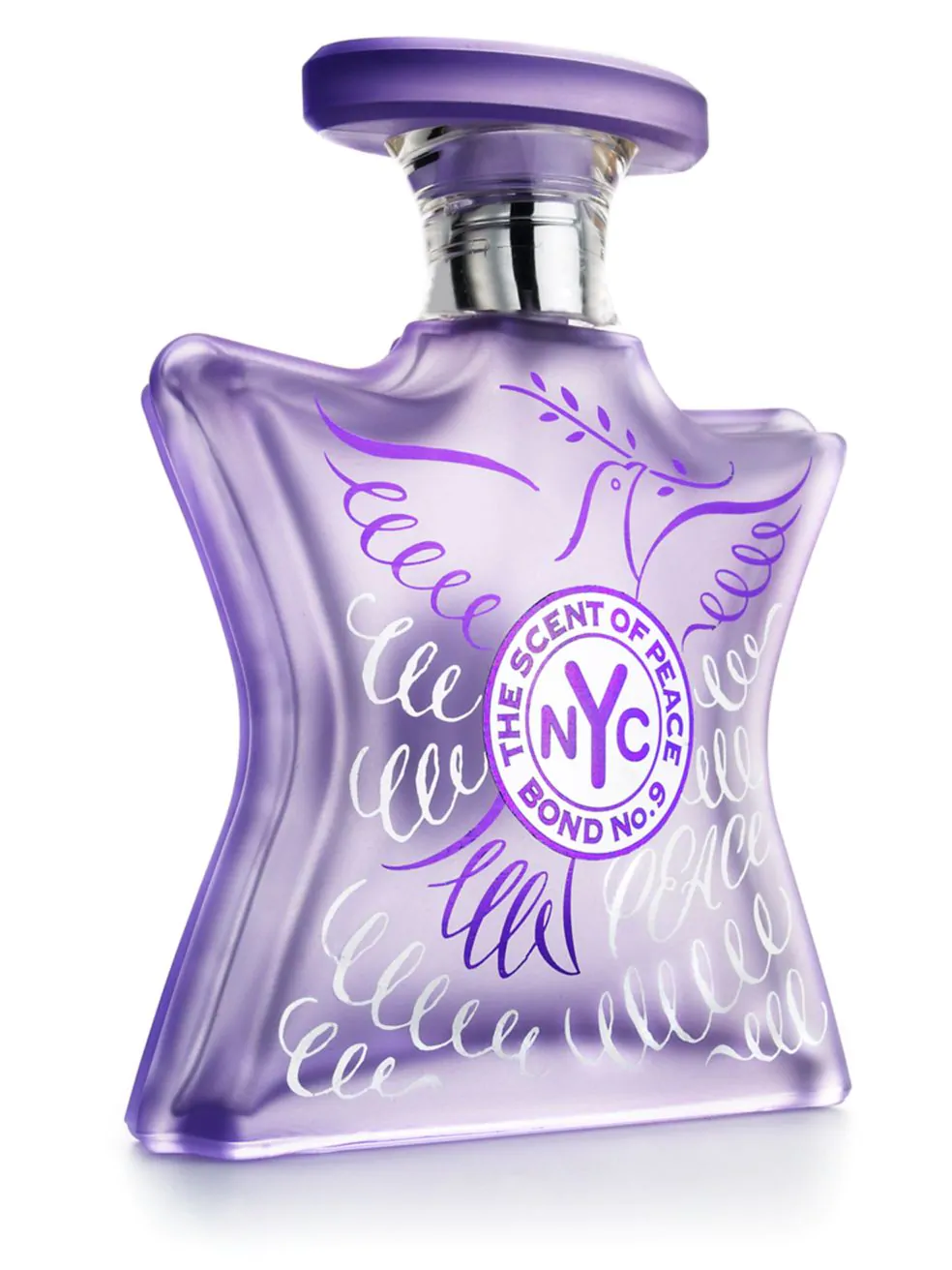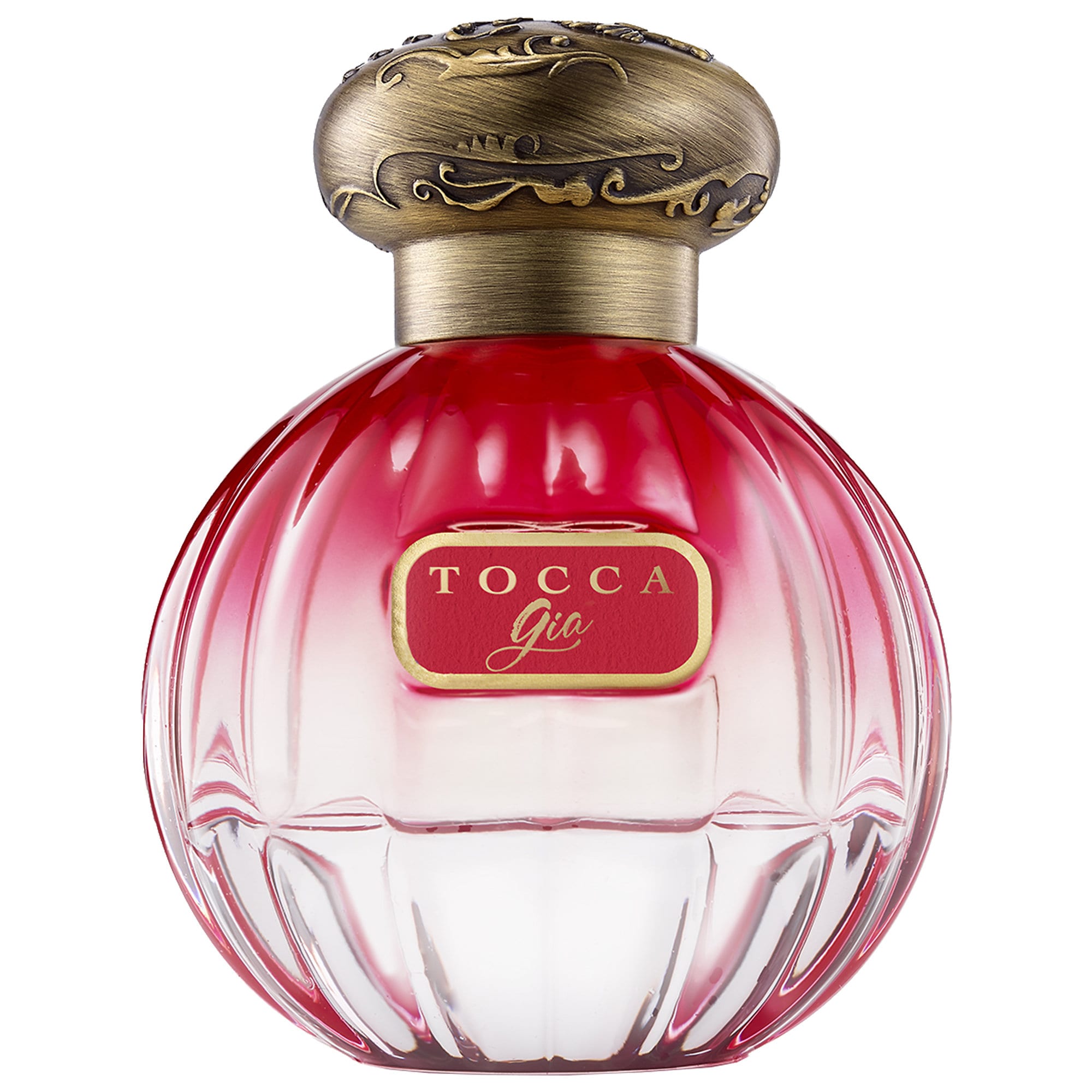Women Invented Perfume — Now, They’re Taking It Back
The perfumers of ancient Babylon were women. We know one of their names: Tapputi, “the perfume-maker,” was immortalized on a tablet explaining her craft in 1200 BC. She didn’t simply combine ingredients — she distilled them, filtered them, and manufactured scent combinations for large-scale sales.
Tapputi's non-genetic descendants — bold, scientific women across the globe — have done outrageous things in the fragrance industry ever since. In the 1940s, famous French nose Germaine Cellier said she was inspired by the smell of models changing their undergarments backstage at a Robert Piguet fashion show. The scent was the first “green leather,” earthy and smoky, tougher than a lot of women’s perfumes at the time. Cellier, described as “blonde, couture-clad, and potty-mouthed” by perfume historian Denyse Beaulieu, “could have taught a couple of bitchy comebacks to Barbara Stanwyck.” She seemed to be creating scents for women like herself, in spite of the male colleagues who found her "difficult" to work with.
AdvertisementADVERTISEMENT
As ever-present as women have been in the industry, they often weren’t the big shot-callers. The main lecture hall at the Fragrance Museum in Cologne, Germany contains the portraits of six white men with serious faces and serious facial hair; they're the fellas behind Farina House, the oldest fragrance factory in the world. The fragrance houses in France have similar displays.
“Historically, the industry has been dominated by male perfumers because of its origin in Europe, where companies were passed down from father to son,” explains Nicole Mancini, a senior perfumer at Givaudan, responsible for creating Elizabeth & James Nirvana French Grey, Tocca Gia, and several KKW scents.
Today, women’s voices are heard louder, with greater frequency, and in new areas of a changing industry that is putting out more scents than ever before. But what if women designed all of the fragrance world: the notes, the marketing, the bottles? If they had more of a say than ever before, what could we expect to see next?
More Sustainable, Vegan Perfumes
Back in the 16th century, Queen Elizabeth I wore perfumed gloves to sleep that were scented with orange flower butter, ambergris (a tobacco-like odorant expelled from whale intestinal lining), and civet (a musky paste extracted from the perineal glands of medium-size, cat-like mammals). As wild as it sounds, we still use these and many other animal-derived scents in modern perfumes. But much like their flora counterparts, some of these fauna ingredients are increasingly rare. Today, ambergris is only found in one of about 100 sperm whales, and their population is in steady decline. Perfumers rely on jetsam ambergris that washes ashore; these little fatty blobs are worth thousands of dollars.
AdvertisementADVERTISEMENT
Photo: MCMC Fragrances
Anne Serrano-McClain and Katie McClain founded MCMC Fragrances, which takes a sustainable approach to perfume.
Indie perfumer MCMC Fragrances exclusively uses synthetic musks “to keep our fragrances vegan and cruelty-free,” says co-founder Katie McClain. “We also do not use phthalates, parabens or chemical stabilizers such as BTH, and therefore consider the synthetics that we do use to be ‘safe synthetics’ as they are both safe for the skin and safe for the environment.”
A vegan and sustainable message must be part of the marketing to reach the right audience, says Dora Gaffaney, Senior Director of Global Marketing and Brand Development at Parlux. Beyond liking the scent, conscious consumers need to know a brand’s values to even discover it. “We’re going to see a lot more fragrances label themselves as vegan,” she says.
But for brands going vegan, using naturally-derived ingredients isn't necessarily the next best step. Perhaps counterintuitively, sustainability sometimes means using fewer natural ingredients and more synthetics in the juices themselves, says Jessica Dayen, a key account manager at Maesa Group, which creates private label scents for stores like Banana Republic and Aéropostale. This is something that McClain wished more people knew.
“We are often asked if our fragrances are all-natural, as that seems to be a big concern with female consumers right now,” says McClain. The answer is no: “The natural botanical ingredients we use are essential oils, absolutes, and CO2s. Sometimes synthetic fragrance materials provide a larger range of scent and, in many cases, can be better for the environment. For example, Indian sandalwood is a vulnerable species, so we substitute it with both Australian sandalwood that is grown sustainably and a synthetic sandalwood replacement.”
AdvertisementADVERTISEMENT
Beyond the formula itself, consumers are also demanding more sustainable packaging — something female perfumers also want to see more of. “As a mother, I’m constantly thinking about how our actions will affect generations to come," says Mancini. “If women designed the beauty industry, I think we would see packaging that was more sustainable, refillable —where you put your own atomizer on top so that the bottles could be recycled — and environmentally-conscious. Marketing would, in turn, reflect this.”
Some of this has already begun. Bond No. 9, the first New York perfumerie to have a female founder and CEO, Laurice Rahmé, has been giving away free refills with purchase when customers bring in empty fragrance bottles to recycle. Making a pump that’s easier to remove would also lead to a lot more recycling at home, says Dayen. “It’s currently possible but there are very specific instructions.”
Dayen, who has worked in fragrance in various capacities for 16 years, is currently working on a brand new to Maesa that’s changing the secondary packaging so that it too will be recyclable. “Not all fragrance boxes currently are — if they have coatings or there's multiple layers of aluminum on them," she says.
Rethinking sustainable fragrance packaging will also mean rethinking the way we apply fragrance altogether. While American women will likely always use atomizers, they won’t use only those in the future. Mindy Yang, co-founder of the Indie Perfumers Guild, says she’s especially excited by scent sculptures and jewelry, and McClain says we'll likely see more innovations coming out of Japan and Korea, including powders, solids, gels, and roll-ons marketed to younger consumers.
AdvertisementADVERTISEMENT
Truly Signature Scents
It used to be that a woman wanted to smell like, say, Chanel No. 5, thinking it would reflect or project something about her. Now with innumerable perfumes on the market and new indie brands popping up in stores and online, women can shop around for the perfect fit rather than force their square peg-self into a round hole.
“Gone are the days when perfume was simply an approachable gateway to a designer brand or a signature scent,” says Yang. “Fragrance is a vibe and a projection of the self.” Yang is also the founder and CEO of Perfumarie, a shop and private club for perfume-enthusiasts where they can take scent flights or blending classes.
Anahita Mekanik, head of scent creation for the tech company ScenTronix Algorithmic Perfumery, says consumers want to feel a sense of ownership when it comes to fragrance. “Women want to discover what they like on their own and not in a way that’s framed for them,” says Mekanik, who has been in the fragrance industry for 20 years. Thanks to her work, consumers can download an app on their phones, take a brief survey, and wait as an algorithm creates several variations of what might be their dream scent. The customer then evaluates and tweaks the juice until they come to the final product, which is theirs and theirs alone.
AdvertisementADVERTISEMENT
Photo: MCMC Fragrances
MCMC Fragrances uses "safe synthetics," which don't contain phalates, parabens or chemical stabilizers.
To some degree, it seems that millennial and Gen Z consumers are most curious about the process of how things are made and want a hand in it. “Our best customers are single, 18-35 years old,” says Perfumarie’s Yang. “They know more, but they yearn to know even more. They want to know what they’re buying is right for them.”
Gaffaney says social media means brands get immediate feedback about scents (“love it — but wish it lasted longer”) and marketing materials (more or fewer likes) and can react to their consumers rather than insist that they know better. Women today are “seeing that they don't necessarily have to stick to what they're being told is for them,” says Gaffaney. “Even my daughter, who's seven, likes what she likes; she wants her voice heard.” Very often, what women want today are scents that might have been considered “too masculine” by male perfumers of the past.
Gender-Neutral Fragrances
In fact, female perfumers say their consumers are favoring androgynous scents more than ever before. "Artistic perfumery has never been gender-specific and a good perfume shouldn’t require a gender-driven campaign,” says Yang. At Perfumarie’s ticketed perfume blending events, “we see assumed gender profiles flip often,” she says. “Women have been selecting scents with earthy notes like cedar or even more masculine ones like leather, exotic woods and spices; men are creating fragrances that are floral or gourmand.”
“
Artistic perfumery has never been gender-specific and a good perfume shouldn’t require a gender-driven campaign.
Mindy Yang
”
Yang would like to see more rubber, leather, oud, absinthe, black pepper, and tobacco notes in women’s fragrances. “I personally enjoy complex and unusual masculine scents — think boozy and smoky — and so does my team, which is mostly women,” says Yang. “And the men in their lives enjoy scents like Jasmine Yang from Anima Vinci and Murmure D’été from Plume Impression, both of which most people would categorize as feminine.”
AdvertisementADVERTISEMENT
Even commercial scents, which typically skew sweet, are getting a remix. “There seems to be a slight shift in the sweetness of women's fragrances — moving from floral and vanilla to more musk and amber," says McClain. A scent that’s more inclusive and gender-neutral in its advertising and its packaging is something that appeals to everyone — including non-binary consumers who are often forgotten in the world of fragrance.
More Women At The Top
Only if you have a seat at the table, can you invite someone else to dine. If women designed fragrance, more women and more kinds of women would design fragrance. “Being an American, female perfumer at the number one fragrance house is something I want to share,” says Mancini.
It seems most perfumers at major brands attended the same handful of schools in the South of France. Even Anne Serrano-McClain, who co-founded MCMC Fragrances with her sister out of Brooklyn, went there for her nose education. “I was in my twenties, and a lot of the industry was still brought into it by family. By some miracle, I got into one of the two independent schools in Grasse — they accepted just 12 students a year.”
12. That’s breathing rarefied perfumed air. Dayen hopes that’s changing. “I consider myself something of a survivor because when I first started, there was a very specific type of pretty girl who worked in the beauty industry,” she says. “At Maesa, I’m surrounded by beautiful women of every shape and size and color of the rainbow.”
AdvertisementADVERTISEMENT









